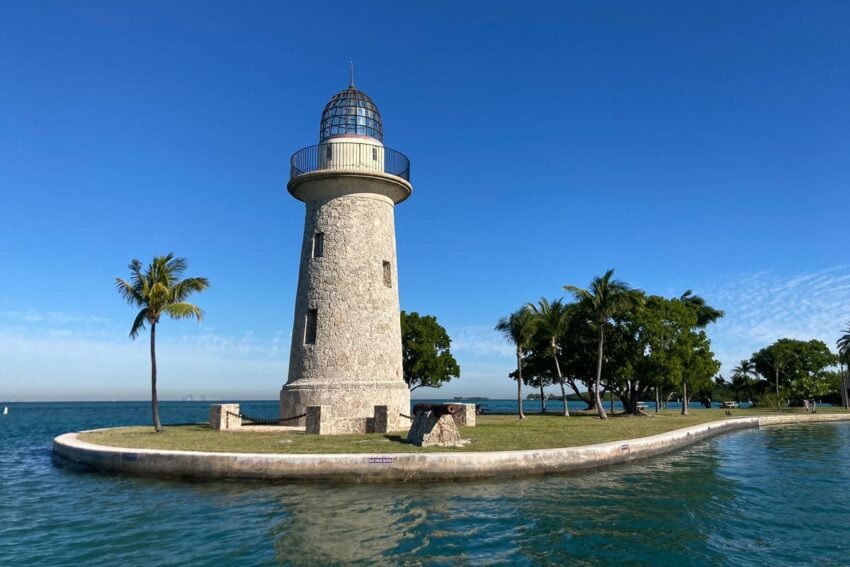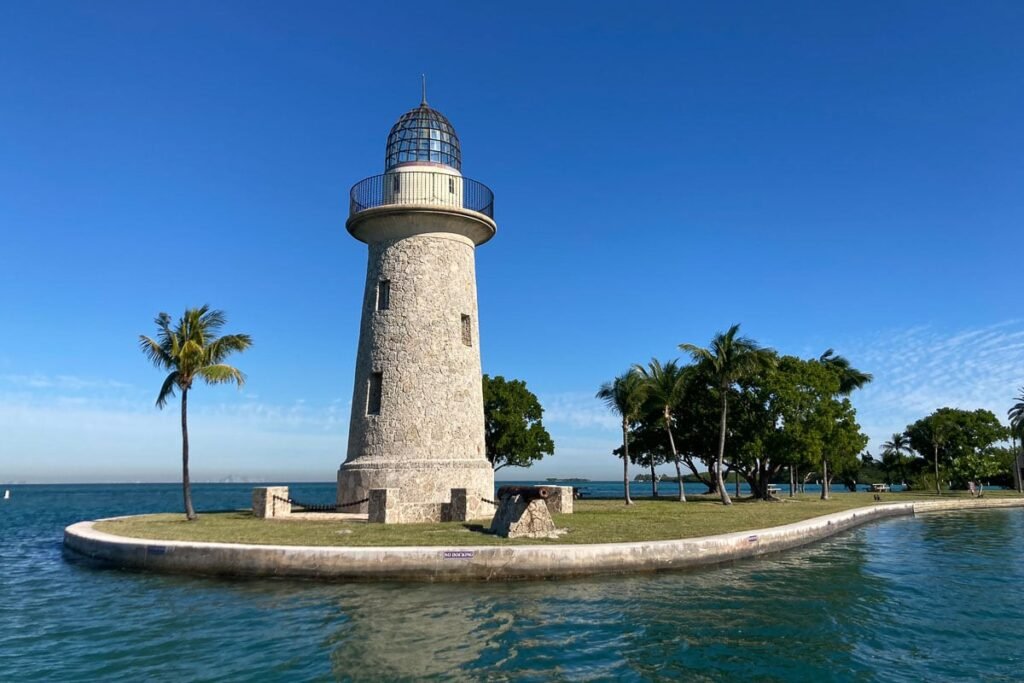
Why You Should Visit Biscayne National Park

Biscayne National Park might be just a stone’s throw from one of the busiest cities in the U.S., but it offers a serene, untouched escape. Despite its proximity to Miami, the park’s wild waters, lush mangroves, and remote islands remain remarkably pristine. Interestingly, back in the 1960s, there were even plans to transform this area into a huge waterfront neighborhood—thankfully, those plans never came to be.
Located only a short distance from downtown Miami, Biscayne National Park protects the northern edge of the Florida Keys and the world’s third-largest coral reef system. It is a paradise for nature lovers, both on land and in the water. It’s an underrated gem that often gets overshadowed by its more famous neighbor, Everglades National Park, but in terms of wildlife and natural beauty, Biscayne is a standout.
A Unique Landscape: Water and Mangroves
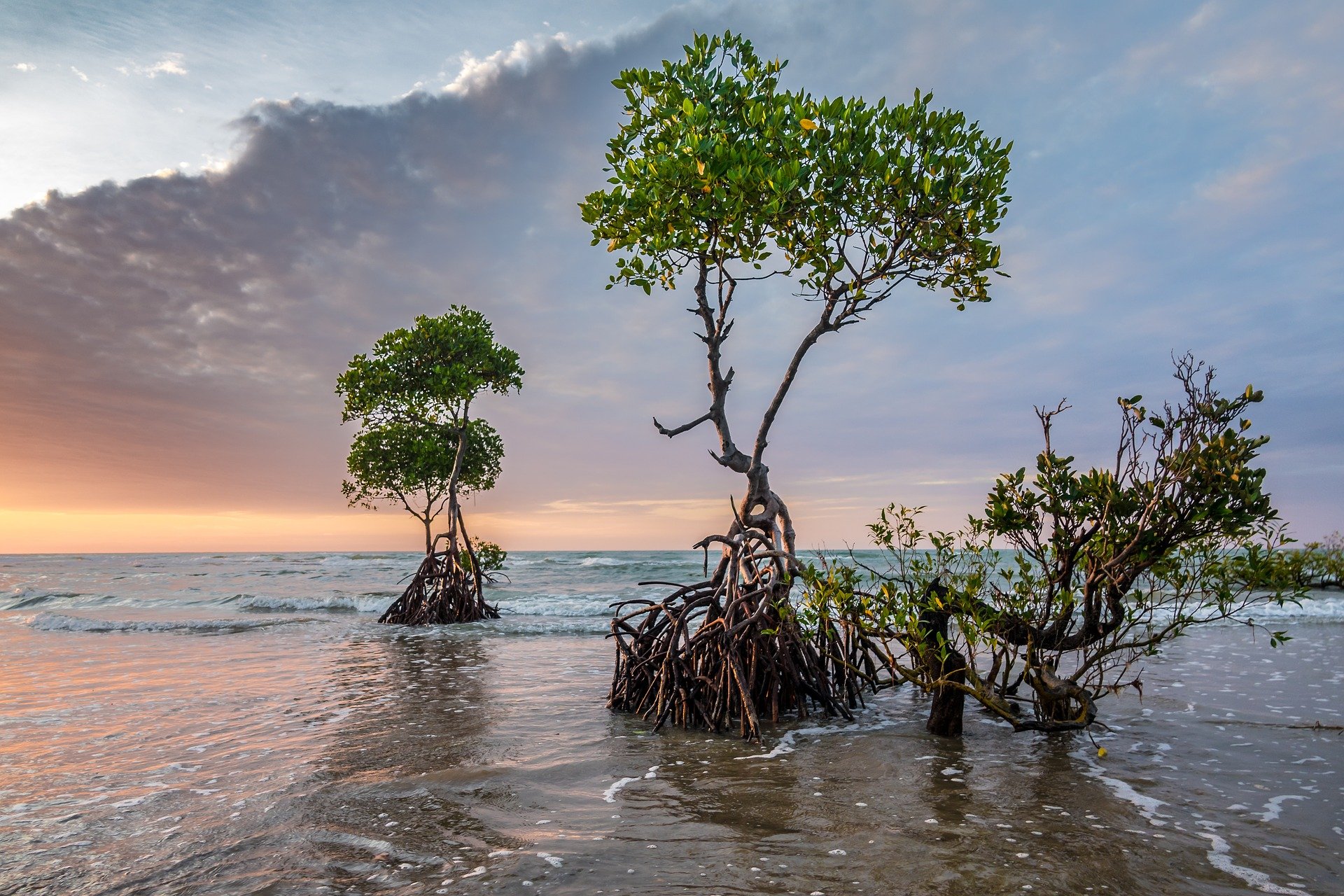
Biscayne National Park is unique because about 95% of it is water—a massive bay that stretches up to eight miles wide—and the rest of the park is mostly dense, tangled mangrove forests. This makes it completely different from the freshwater ecosystems of the Everglades. Elizabeth Strom, the park’s volunteer program ranger, explains that while both parks share similar ecosystems, the Everglades is primarily freshwater, while Biscayne is all about saltwater.
This distinctive mix of water adventures and lush mangroves is what makes Biscayne stand out.
Water Adventures Galore
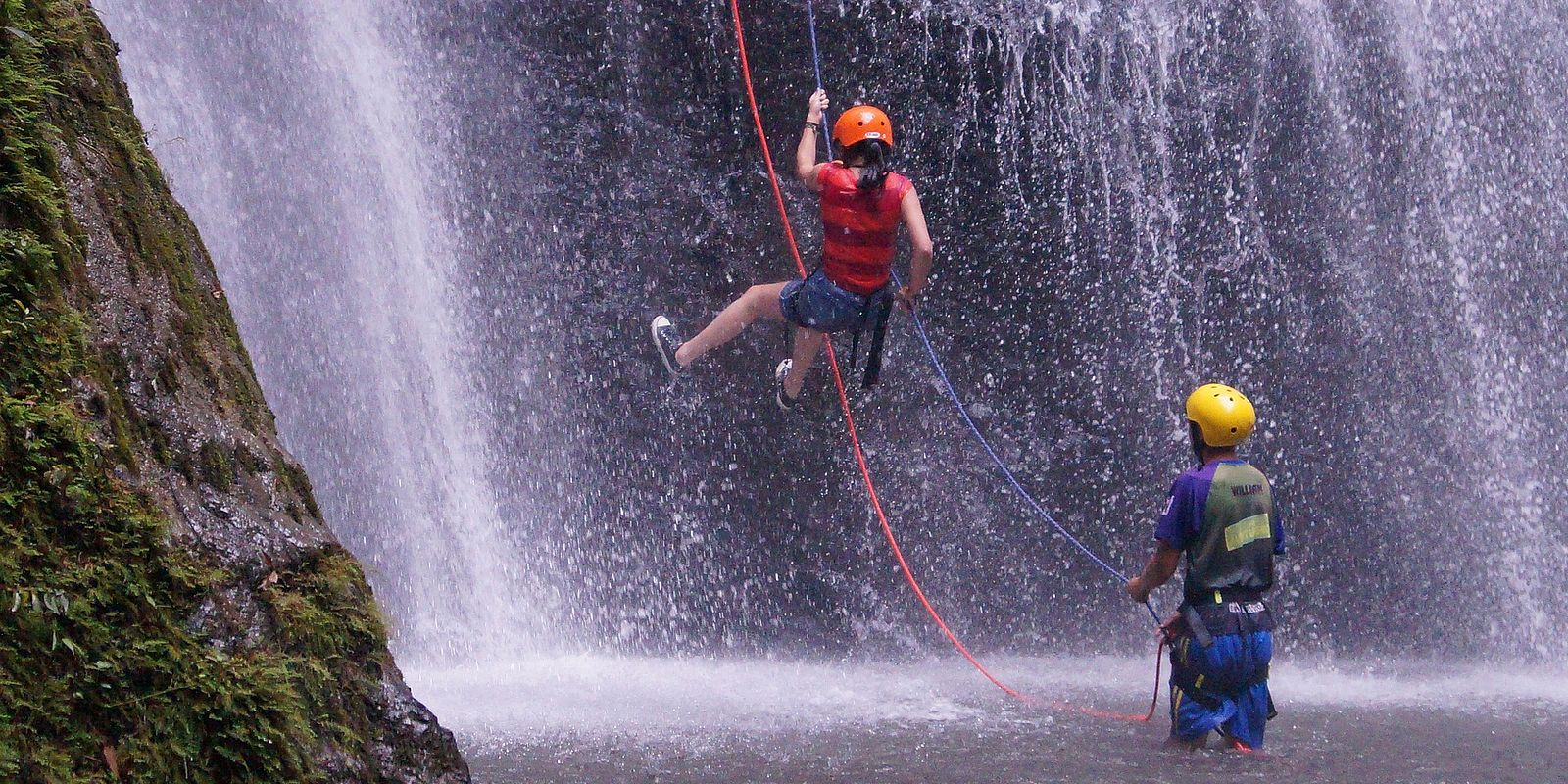
Biscayne’s warm subtropical waters create the perfect setting for all kinds of outdoor activities. Whether you’re into canoeing, kayaking, motorboating, sailing, scuba diving, snorkeling, fishing, or paddleboarding, Biscayne is an ideal destination for water lovers.
But the park isn’t just about underwater fun—it’s also a key stop on the Atlantic Flyway, making it one of the best places in the U.S. for birdwatching. With hundreds of species of birds migrating through the area, there’s always something new to spot.
Best Views in Biscayne National Park

For the best views of Miami’s skyline and the park’s stunning scenery, head to Boca Chita Lighthouse, built in 1938. Standing 65 feet tall, it’s one of the park’s most iconic landmarks, and it’s only accessible by boat. The Biscayne National Park Institute (BNPI) offers eco-friendly tours that include a visit to Boca Chita Key and the lighthouse. Options include a half-day heritage cruise ($79 per person) or a full-day sailing and snorkeling trip ($199 per person). Just be aware that the Boca Chita Key Historic District is currently under maintenance, so be sure to check for any closures before booking.
Hikes and Water Trails in the Park

Hikes:
- Black Point Jetty Trail: For a quieter experience with fewer crowds, the Black Point Jetty Trail is a great option. This trail, located at the south end of SW 8th Avenue, takes about an hour round-trip from the parking lot and offers excellent opportunities for wildlife sightings, especially birds. After your hike, grab a bite at the nearby Black Point Ocean Grill.
- Spite Highway Trail: If you’re on Elliott Key, don’t miss the Spite Highway Trail, which stretches for seven miles and is known for spotting the rare Schaus swallowtail butterfly. This trail got its name in the 1960s when developers, frustrated by the creation of the park, bulldozed a path straight through the island.
Water Trails:
- Elliott Key Paddling Trail: For more experienced paddlers, the Elliott Key Paddling Trail offers a more challenging experience. It’s the longest of the park’s four official canoe and kayak routes, so be prepared for a workout.
- Crocodile Creek Paddling Trail: For a more laid-back experience, the Crocodile Creek Paddling Trail is a 3.75-mile round-trip route that winds through narrow, dark mangroves, providing an intimate look at Biscayne’s wildlife. Both paddling trails launch from the Dante Fascell Visitor Center.
For those interested in underwater exploration, Biscayne Maritime Heritage Trail links six shipwrecks inside the park, including the wreck of the Arratoon Apcar, a steamship sunk in 1878, and the Mandalay, a schooner that went down in 1966.
Best Wildlife Spotting

Biscayne National Park is a wildlife paradise, home to sea turtles, manatees, bottlenose dolphins, over 600 species of fish, and hundreds of bird species.
If you’re into birdwatching, the Biscayne Birding Trail includes 10 stops at islands, mangroves, jetties, and reef lights, where you can spot various species. For an even deeper dive into the park’s wildlife, take the Jones Lagoon trip with BNPI, which takes you to a more remote part of the park, home to nesting roseate spoonbills, sea turtles, and baby sharks.
Not a fan of boating? You can always experience the park’s underwater world with BNPI’s scuba and snorkel tours, where you can get up close and personal with staghorn coral, elkhorn coral, and tropical fish.
Family-Friendly Activities

Biscayne is a great destination for families. The Convoy Point Jetty Trail is an easy 0.8-mile loop that’s perfect for young kids or families with strollers.
Ranger Elizabeth Strom also recommends the park’s Junior Ranger and Reef Ranger programs, which are both fun and educational for kids. The Dante Fascell Visitor Center even has a “touch table,” where kids can handle corals, animal bones, and sponges to learn about the park’s ecosystems.
BNPI also offers guided activities for kids 8+, such as small-group snorkeling trips and combo snorkel-sail-paddle eco-adventures. Some activities are also available for ages 12+.
Where to Stay in Biscayne National Park
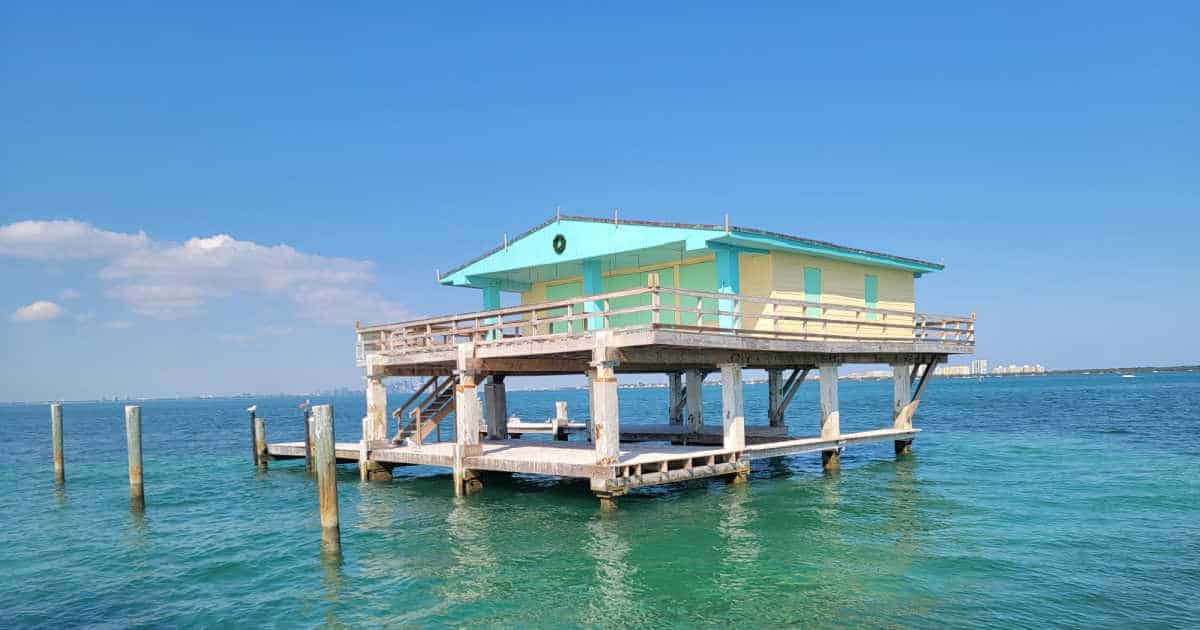
Camping: The park’s only overnight options are tent camping on Elliott Key or Boca Chita Key, both of which are only accessible by private boat. Elliott Key offers 40 campsites, while Boca Chita Key has 21, all available on a first-come, first-served basis. Fees range from $25 per night for camping or $35 for boat docking + camping.
Hotels: The closest hotels are located in Homestead, about 15 minutes from the park’s visitor center. There are several hotels near Campbell Drive and the turnpike, perfect for a convenient stay.
What Else You Should Know
- Fishing: If you’re planning to fish, anglers over 16 years old will need a Florida Fish & Wildlife Conservation Commission license. Be sure to check the NPS website for closed fishing areas and other restrictions.
- Boating: The park’s waters are open 24/7, but always check boating guidelines for marinas, safety rules, and tides before heading out.
- Car-Free Travel: For those without a car, the Homestead National Parks Trolley runs on weekends from late November through April and connects to Miami-Dade buses.
- Planning Ahead: Since most of the park is boat-access only, it’s recommended to book tours or camping spots in advance. In summer, bring bug spray to deal with the mosquitoes, and don’t forget reef-safe sunscreen (zinc oxide or titanium dioxide) for swimmers.
Are Pets Allowed?
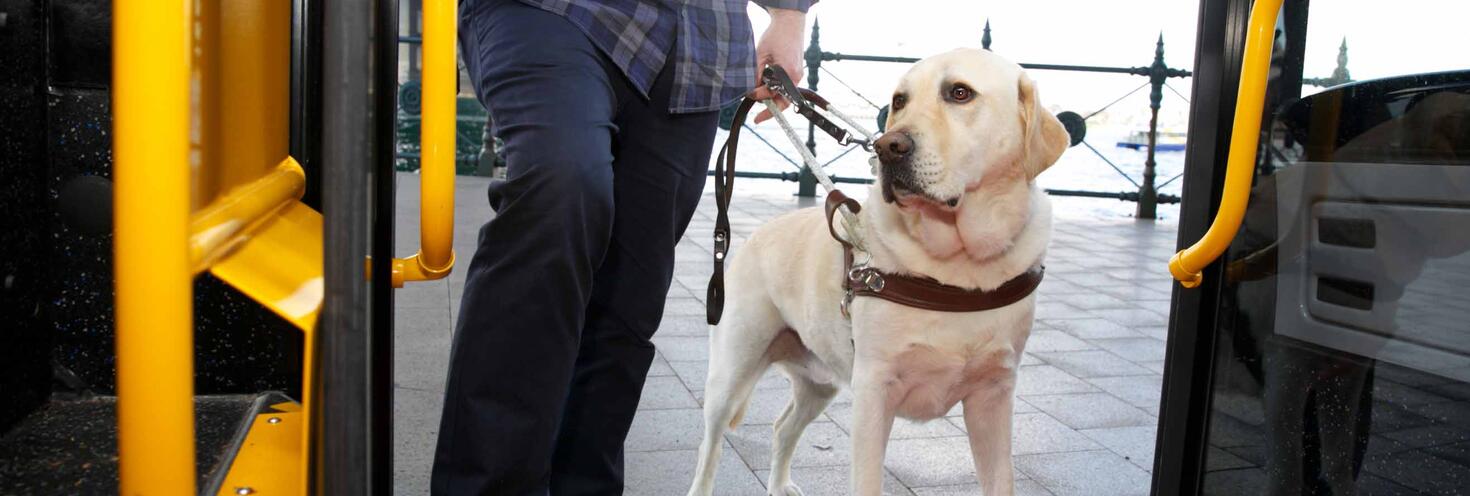
Service animals are welcome in the park. However, pets are only allowed at Convoy Point (outside the visitor center) and on Elliott Key, but not on Boca Chita Key or on boats. Pets must be leashed (maximum 6 feet) and owners are required to clean up after them. For a full pet policy, check the official website.
Accessibility
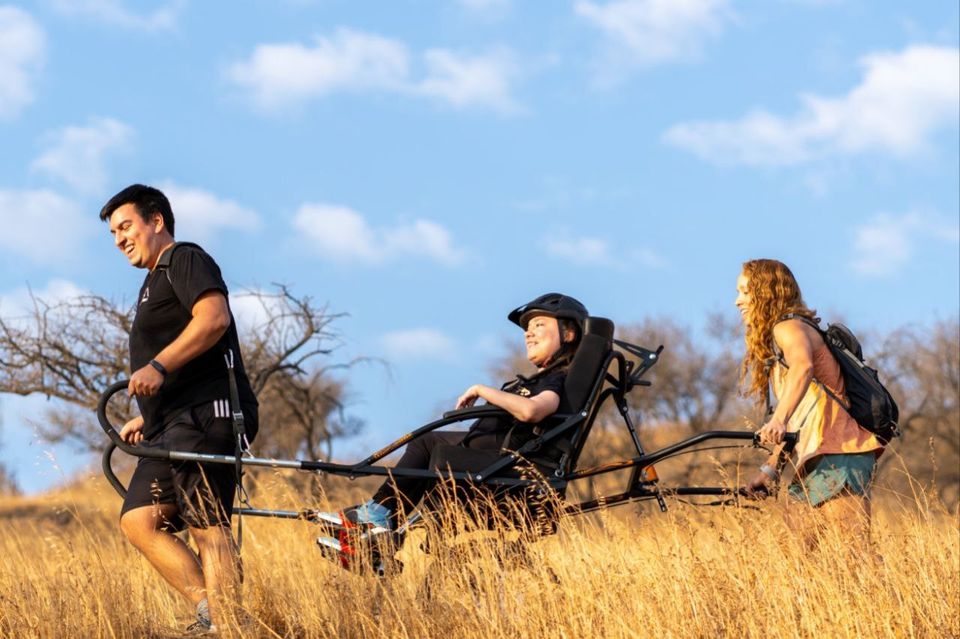
The Homestead National Parks Trolley is wheelchair-friendly and free to ride. The Dante Fascell Visitor Center is also accessible, featuring ramps, elevators, ADA restrooms, Braille brochures, and wheelchair-accessible picnic tables. The Convoy Point Jetty Trail is wheelchair-friendly, and several boat tours can accommodate mobility devices.
FAQs
1. What makes Biscayne National Park unique?
Biscayne National Park stands out for its saltwater ecosystems, world-class coral reefs, and the unique combination of mangroves, islands, and subtropical waters. It’s a hotspot for water sports and wildlife, including manatees, sea turtles, and over 600 species of fish.
2. How can I explore Biscayne National Park?
You can explore Biscayne by boat, kayak, snorkel, or scuba dive. Popular activities include visiting Boca Chita Lighthouse, hiking the Black Point Jetty Trail, or experiencing the Crocodile Creek Paddling Trail.
3. Are there family-friendly activities in the park?
Yes! The Convoy Point Jetty Trail is a great choice for families with young kids, and there are also Junior Ranger programs and fun, guided activities for kids ages 8+, including snorkeling and paddleboarding adventures.
4. Where can I stay in Biscayne National Park?
The park offers camping on Elliott Key or Boca Chita Key for those who want to experience the park overnight. The closest hotels are located in Homestead, about 15 minutes from the park.
5. Can I bring my pet to Biscayne National Park?
Service animals are allowed, and pets are allowed at Convoy Point and Elliott Key, but not on Boca Chita Key or on boats. Pets must be leashed (no longer than 6 feet) and owners must clean up after them.
Conclusion
Biscayne National Park is a hidden gem just outside Miami, offering everything from beautiful coral reefs and water activities to birdwatching and wildlife spotting. Whether you’re looking
